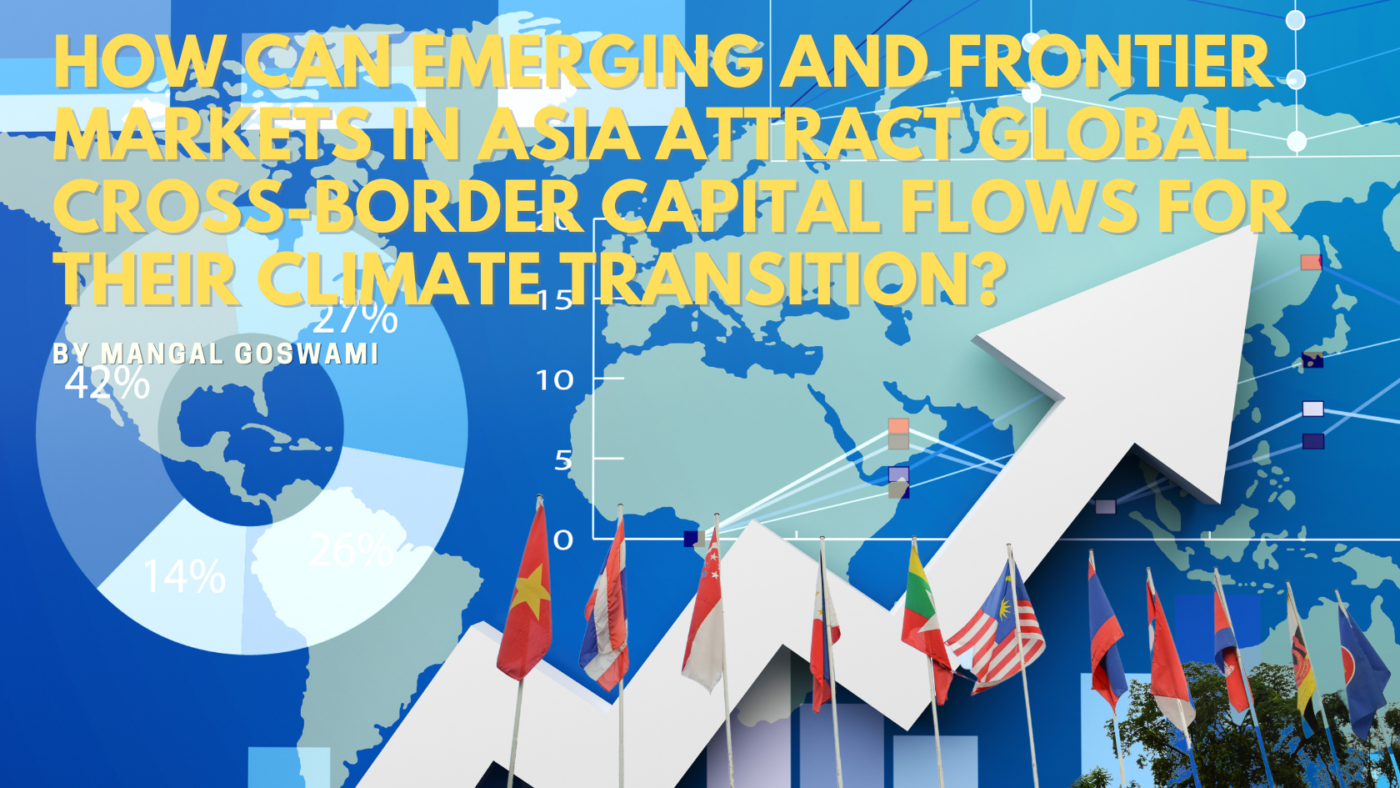“To reach net-zero greenhouse gas (GHG) emissions by 2050, entities operating in most sectors must undergo a major transformation. The key tool that will enable this transformation is the development of a transition plan that is science based, coherent, comprehensive, transparent and covers all material scopes of emissions and business activities.” CBI Report on Scaling […]
Category Archives: Macroeconomics and Monetary Policy
There has never been any asset that has staged a series of four bubbles, crashed aftereach of them, and after a while regrouped to stage another bubble, the way bitcoin has.John Authors, Points of Return, 26 March 2021 Every aspiring baker knows only too well that getting a soufflé to rise can be a big […]
Climate change poses a common and potentially overwhelmingmacrofinancial risk for all SEACEN member countries.Michael D. Patra, Deputy Governor, Reserve Bank of India, 15 February 2024 Introduction Many SEACEN economies are acutely vulnerable to natural disasters and the broader impact of climate change. Figure 1 illustrates the mean temperature and precipitation change within the last century […]
The swift downfall of Silicon Valley Bank (SVB) amidst the recent banking crisis in the United States has sparked renewed curiosity regarding the potential impact of central bank digital currencies (CBDCs) on financial stability. The collapse of Silicon Valley Bank has started a stampede in the outflow of deposits from banks. Bank deposits have fallen […]
Predominance of the US dollar (USD) funding market, notably post Great Financial Crisis (GFC), has reinforced the macro financial linkages between global financial conditions and capital flows to emerging markets (EM). A stronger dollar is linked to tighter global financial conditions and higher tail risk for EM capital flow withdrawal – the financial risk […]
Despite the fact that central bank digital currencies (CBDCs) are frequently called ‘a solution in search of a problem’, some 86 per cent of central banks worldwide are actively researching the potential for a CBDC. Their design, implementation and adoption will be strongly influenced by country specific objectives and there is no ‘one-size-fits-all’ solution. One prominent objective for a CBDC is financial inclusion, i.e., facilitating access to financial services for the world’s 1.7 billion under- or unbanked. The implicit assumption is that a CBDC and its associated technology provides better access to financial services than current systems. But this is putting the CBDC cart before the horse: a CBDC can at best be part of the solution, but it is unlikely to be the only solution. For a CBDC to increase financial inclusion, it must address the causes of exclusion, and any CBDC initiative would need to be embedded in a much wider set of reforms undertaken by the government in co-operation with the private sector. A CBDC will enhance inclusion only if this dimension features prominently in its design from the outset. There are more straightforward and targeted ways to support access to financial services than to launch a CBDC.
The month of June 2021 was an extremely eventful month for the cryptocurrency universe, with one positive development (from the standpoint of the industry) helping to offset two negative interventions from authorities, one in May and one in June.[1] The positive development took place on 9 June, when the legislature of El Salvador, at the […]
Central banks are increasingly taking actions that may cause harm to the economic stability of El Salvador. In order to mitigate the negative impact from central banks, it becomes necessary to authorise the circulation of a digital currency with the supply that cannot be controlled by any central bank. El Salvador President Nayib Bukele On […]
One of the main activities of The SEACEN Centre is capacity building, so understanding the effectiveness of our training courses is of vital importance. We want to know what works and what does not and how we can improve our training material and teaching modalities to best serve the needs of our member central banks. […]
What matters is not so much the money supply or the T-bill interest rate, but the availability of credit, and the terms at which credit is made available…. An increase in credit availability may not lead to more spending on produced goods, but increased prices for land or other fixed assets; it can go to […]
- 1
- 2










